Introduction
Braised turtle with black bean sauce, a dish deeply rooted in Chinese culinary tradition, is a testament to the country’s rich history of balancing flavor, texture, and health benefits. Often regarded as a delicacy, this dish combines tender turtle meat with the umami-rich complexity of fermented black beans, creating a symphony of tastes that tantalize the palate. While the idea of cooking turtle might seem intimidating to some, this recipe breaks down the process into manageable steps, ensuring even novice cooks can achieve restaurant-quality results. Beyond its culinary appeal, this dish is celebrated for its nutritional value—turtle meat is prized for its high protein content, low fat, and mineral density, making it a sought-after ingredient in traditional medicine and festive feasts alike.
This article will guide you through selecting the finest ingredients, preparing the turtle with precision, and crafting a sauce that elevates the dish to gourmet status. Whether you’re hosting a dinner party, exploring new cuisines, or simply craving a hearty meal, mastering this recipe will equip you with a skill that bridges cultures and centuries.
Understanding the Ingredients
The success of any dish lies in the quality of its components. For braised turtle with black bean sauce, each ingredient plays a pivotal role:
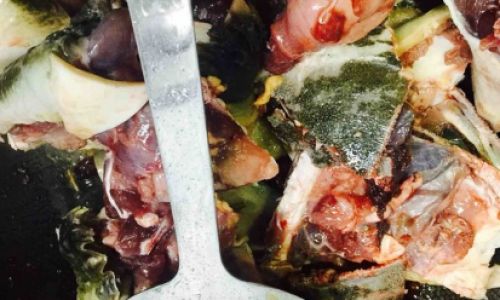
-
Turtle Meat: Opt for fresh or frozen turtle meat, preferably from a reputable supplier. Soft-shell turtles, such as the Chinese soft-shell turtle (Pelodiscus sinensis), are commonly used due to their tender flesh and manageable size. If unavailable, substitute with chicken or frog legs for a similar texture, though the flavor profile will differ.
-
Fermented Black Beans (Douchi): These salt-preserved soybeans are the soul of the dish. Rinse them thoroughly to remove excess salt before use. For a deeper flavor, lightly mash the beans to release their aromatic oils.
-
Aromatics: Fresh garlic, ginger, and scallions form the flavor base. Garlic adds pungency, ginger imparts warmth, and scallions contribute a mild sweetness.
-
Sauces and Seasonings: Dark soy sauce lends color and depth, while light soy sauce balances the saltiness. Oyster sauce introduces a briny sweetness, and Shaoxing wine (Chinese cooking wine) deodorizes the meat and enhances aroma.
-
Broth: Chicken or vegetable broth serves as the braising liquid, infusing the meat with savory notes.
-
Thickening Agents: Cornstarch slurry ensures the sauce clings to the meat, creating a lustrous finish.
-
Oil: Peanut or vegetable oil with a high smoke point is ideal for stir-frying.
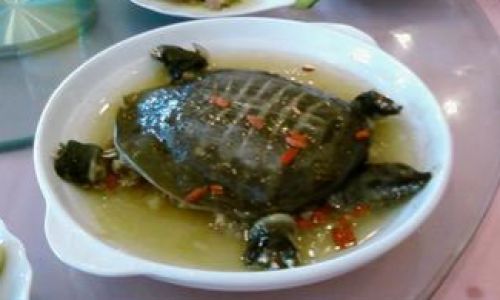
-
Optional Additions: Chili peppers, star anise, or Sichuan peppercorns can be added for heat and complexity.
Preparing the Turtle Meat
Handling turtle meat requires care to ensure tenderness and remove any gamey flavors. Follow these steps:
-
Thawing: If using frozen meat, thaw it slowly in the refrigerator overnight. Avoid rapid thawing, as it can toughen the flesh.
-
Cleaning: Rinse the turtle under cold water, scrubbing the shell and flesh to remove any residue. Pat dry with paper towels.
-
Butchering:
- Shell Removal: If your turtle is whole, use a sturdy knife to separate the shell from the meat. Work carefully to avoid damaging the flesh.
- Cutting: Segment the meat into 2-inch pieces, discarding any fatty or gristly parts.
-
Blanching:
- Bring a pot of water to a rolling boil.
- Add the turtle pieces and a slice of ginger. Blanch for 2–3 minutes to remove impurities.
- Drain and rinse under cold water to halt cooking.
-
Marinating:
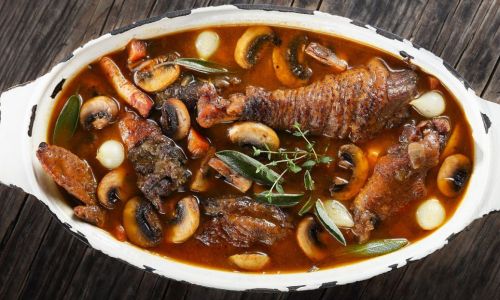
- In a bowl, combine the blanched turtle meat with 1 tablespoon each of light soy sauce, Shaoxing wine, and cornstarch.
- Add a pinch of white pepper and 1 teaspoon of sesame oil.
- Toss gently to coat, then marinate for 30 minutes.
Crafting the Black Bean Sauce
The sauce is the heart of the dish. Achieve balance by layering flavors:
-
Sautéing Aromatics:
- Heat 2 tablespoons of oil in a wok over medium heat.
- Add 1 tablespoon of minced ginger and 2 tablespoons of minced garlic. Stir-fry until fragrant (30 seconds).
-
Toasting Black Beans:
- Add 3 tablespoons of fermented black beans to the wok.
- Stir-fry for 1–2 minutes until they release their aroma.
-
Deglazing:
Pour in 2 tablespoons of Shaoxing wine, scraping the wok’s base to loosen browned bits.
-
Building the Sauce:
- Stir in 1 tablespoon of dark soy sauce, 2 tablespoons of light soy sauce, and 1 tablespoon of oyster sauce.
- Add 1 cup of chicken broth and 1 tablespoon of sugar. Simmer for 5 minutes.
-
Thickening:
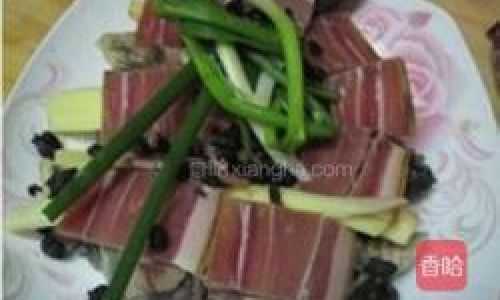
- Mix 1 tablespoon of cornstarch with 2 tablespoons of water to create a slurry.
- Gradually stir the slurry into the sauce until it reaches a silky consistency.
Braising the Turtle
Braising transforms tough meat into melt-in-the-mouth tenderness:
-
Searing the Meat:
- Heat 2 tablespoons of oil in a heavy-bottomed pot over high heat.
- Add the marinated turtle pieces in a single layer. Sear until golden brown (2–3 minutes per side).
- Remove and set aside.
-
Combining Sauce and Meat:
- Pour the black bean sauce into the pot, stirring to incorporate any browned bits.
- Return the seared turtle to the pot, ensuring it’s submerged in the sauce.
-
Slow Cooking:
- Bring the liquid to a simmer, then reduce heat to low.
- Cover and braise for 1.5–2 hours, stirring occasionally. The meat is ready when it yields easily to a fork.
-
Adjusting Seasoning:
Taste the sauce and adjust with soy sauce, sugar, or a splash of vinegar if needed.
Serving and Presentation
The final touches elevate the dish from mere sustenance to a feast for the senses:
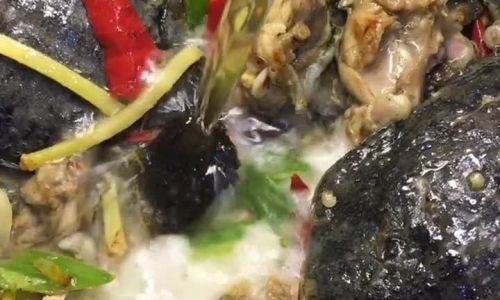
-
Garnishing:
- Sprinkle with fresh cilantro, thinly sliced scallions, or toasted sesame seeds.
- For a spicy kick, add julienned red chili peppers.
-
Accompaniments:
- Serve with steamed jasmine rice, which absorbs the sauce beautifully.
- Pair with stir-fried vegetables like bok choy or gai lan for balance.
-
Plating:
- Arrange the turtle pieces artfully on a platter, spooning the sauce generously over the top.
- Consider serving the dish family-style to encourage communal dining.
Troubleshooting and Tips
- Tough Meat: Overcooking can toughen the meat. Ensure the braising liquid simmers gently, not boils vigorously.
- Salty Sauce: If the sauce is too salty, balance it with a pinch of sugar or a splash of unsalted broth.
- Storage: Leftovers keep refrigerated for up to 3 days. Reheat gently to avoid drying out the meat.
Cultural Significance and Variations
In Chinese culture, turtle dishes are often served during celebrations and festivals, symbolizing longevity and prosperity. Regional variations abound:
- Cantonese Style: Emphasizes the meat’s natural flavor, with minimal seasoning beyond black beans and ginger.
- Sichuan Style: Incorporates chili oil and Sichuan peppercorns for a numbing heat.
- Modern Twists: Some chefs add mushrooms, bamboo shoots, or chestnuts for texture contrast.
Conclusion
Braised turtle with black bean sauce is more than a meal—it’s a journey through China’s culinary heritage. While the process demands patience and precision, the result is a dish that rewards the senses and impresses even the most discerning diners. By mastering this recipe, you’ll gain not just a new cooking skill, but also a deeper appreciation for the art of balancing flavor, texture, and tradition. So, gather your ingredients, sharpen your knife, and embark on a culinary adventure that transcends borders and centuries. Your taste buds—and guests—will thank you.

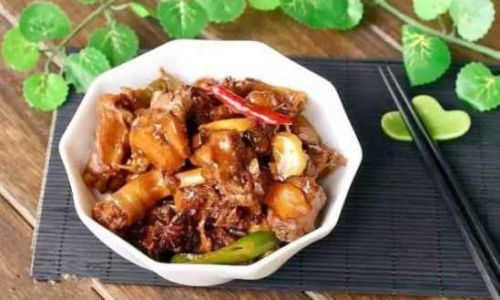
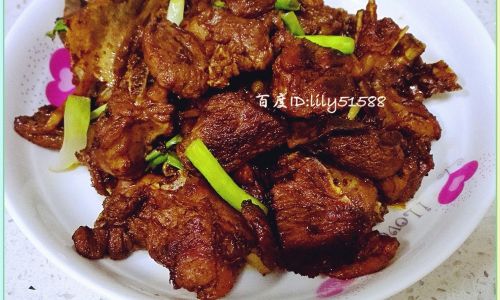


0 comments